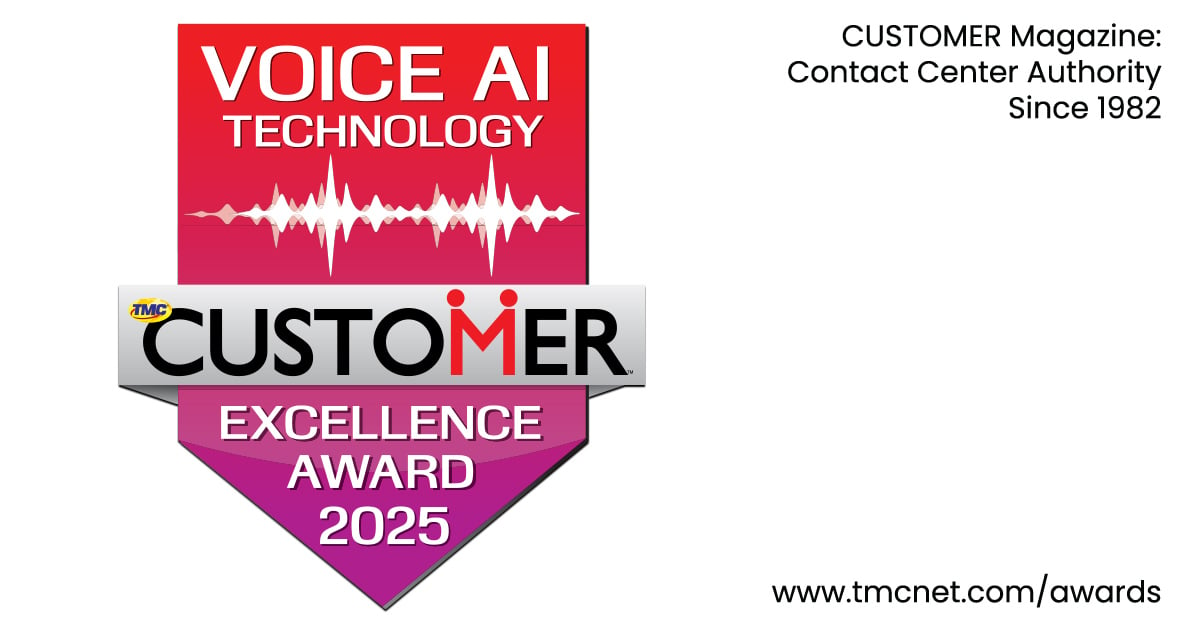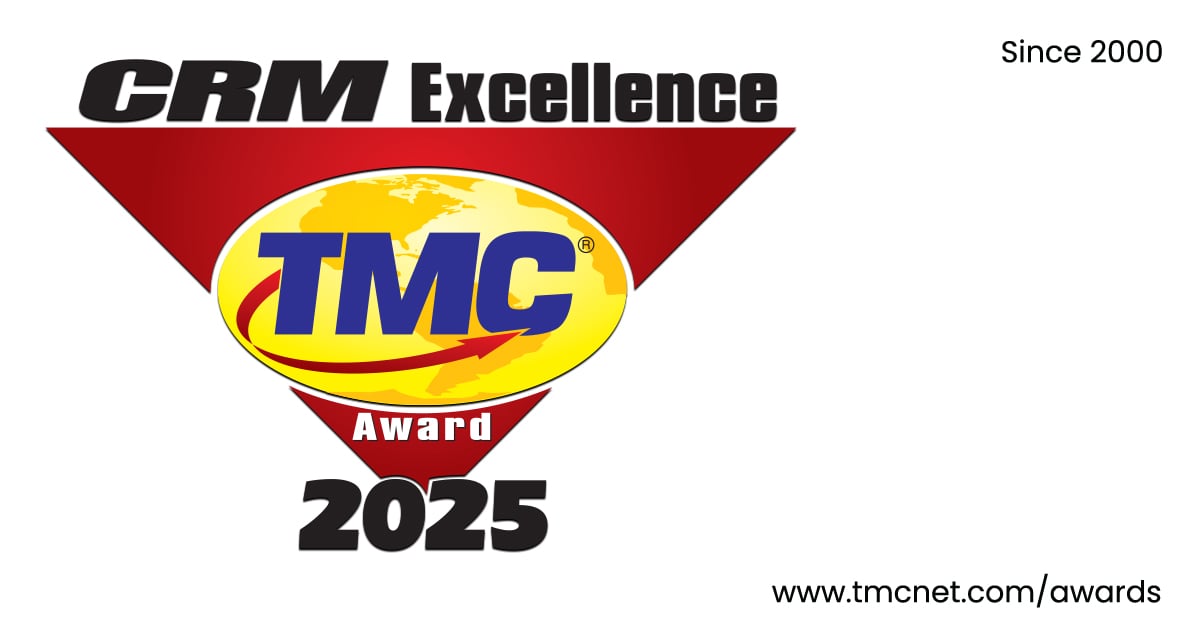The secret to unlocking both employee and customer satisfaction
United States businessman Harry Gordon Selfridge was one of the first influential people to trumpet the phrase, “the customer is always right.” The saying traces back to the late 1800s and is still valued today – keeping customers happy is key. But, ensuring customer happiness requires a domino effect, starting with employee satisfaction. With the right business technology, any business can enhance employee satisfaction and improve customer experience.
Good customer experience starts with good employee experience. When employees aren’t happy at work, their interactions with customers suffer as a result, which can have detrimental repercussions for a business and its reputation.
To prevent this, companies must appreciate their employees the same way they do their customers and realize the impact that employee satisfaction has on customer experience. In many environments, the technology employees use every day that can make a huge difference.
The impact of employees on customers Delivering good customer service has never been more crucial. A PwC survey examining customer experience found that, in the United States, even when people love a company or product, over half will walk away after several bad experiences. Bad customer service also impacts how much customers are willing to spend, with 42 percent revealing they would pay more for a friendly, welcoming experience, and 65 percent believing a positive experience is more influential than great advertising.
While companies must acknowledge the importance of delivering good service, they should also understand the pressure this can place on their teams. The Microsoft 2022 Work Trend Index , a study of more than 30,000 employees across 31 countries, predicts that over 40 percent of the workforce is contemplating leaving their current jobs in the coming year. The main reason why? They feel their workload is unreasonable.
Call centers Contact and call centers often have a reputation for being high-stress workplaces. Widely associated with workers being monitored electronically, having tightly controlled schedules and taking an average of 50 calls a day, call centers can be challenging work environments if employees don’t receive sufficient support.
In the US, call centers are big business. In 2021, almost 300,000 agents were employed, with the majority of centers located in Texas, Florida and California. According to data from Cornell University, almost 90 percent of employees in call centers report high stress levels. A further 50 percent of agents say they feel emotionally drained, suffer sleep problems, and experience burnout.
In addition, almost 80 percent of agents have to deal with angry customers blaming them for things out of the agents’ control. Combined, these issues can be a dangerous cocktail for employee dissatisfaction.
What’s more, research from Avaya found that 60 percent of agents think their companies don’t always provide the technology they need to address customer service challenges, with 34 percent admitting they don’t have the right data in front of them when speaking with a customer. So, how can call center managers help?
Tech is here to help Giving call center agents the tools to make their jobs easier will undoubtedly lead to less stress, greater employee satisfaction and a better overall experience. This should start with a good customer relationship management (CRM) strategy.
A CRM is a blueprint for how a business will maintain the relationship between its customers and its customer service teams. It encompasses all the activities, strategies and technologies a business needs manage interactions with existing and prospective customers.
With a third of agents who say they don’t have the right data in front of them when speaking to a customer, having the right CRM for your business is key to turning this around. Consolidating data into one central location, meaning tasks can be completed more efficiently and with confidence when addressing the customer, will assist employees in meeting deadlines and managing their workload. This will reduce stress and improve job satisfaction.
However, to unlock the full potential of a CRM system, it must easily integrate with other vital business applications. Contact center solutions, like Ringover, can integrate with multiple CRM systems to offer businesses more than just a telephony system, meaning any area of a business can unite its communications technology with its CRM software. Ringover, for instance, integrates with a variety of CRM systems such as Hubspot, Salesforce, Bullhorn and many other options. In doing so, companies can match the tools they need to communicate with their customers, with the tools that help them build relationships and work more effectively.
With customers prepared to leave a brand after just a few bad experiences, businesses must pay attention to the impact low employee satisfaction can have on the customer experience. Particularly for call center agents, businesses must invest in their employees by providing them with all the tools possible to make their jobs as efficient as possible and improve satisfaction.
About the author: Renaud Charvet is Co-founder and CEO of contact center solutions provider Ringover . Renaud has always wanted to contribute to progress in the world of business. Their angle of attack - telecommunications - turned out to be an excellent strategy, as over the past 15 years, the solutions Renaud has created alongside Jean-Samuel has had a positive impact on their daily lives. His hidden talent? Renaud took the title of National French Universities Rowing Champion.
Edited by
Erik Linask





